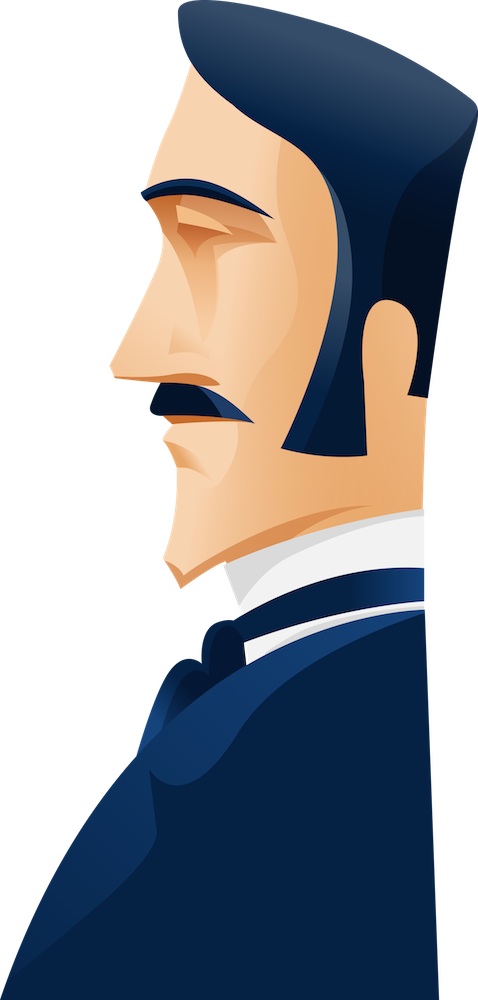

The final stint was to sail across the Pacific to San Francisco, where she was greeted by an applauding crowd. She carried on through Europe, Egypt and through the Suez Canal, through Asia and onwards to Japan. She carried on by train to Paris, where she took valuable time out to meet Jules Verne himself in Amiens. In 1889, she left America and sailed to London in just seven days, undaunted by seasickness on the way. She exposed the prejudice and oppression that many suffered and was a true pioneer in her field.īut undoubtedly her most famous assignment was more light-hearted and entertaining – Nellie took on the challenge to beat Phileas Fogg by travelling around the world faster than Verne could imagine. She became famous for investigative reporting, not shying away from difficult issues, many of them in support of women’s lives. She revealed the appalling conditions and the terrible treatment of the women held within its walls, by going undercover herself as a patient admitted to the asylum. She first came to fame when she elected to write about the Women’s Lunatic Asylum on Blackwell’s Island. Nellie Bly, whose real name was Elizabeth Jane Cochrane, was a pioneering American journalist employed by Joseph Pulitzer to write for his magazine, New York World.

So much so, in fact, that his book inspired the acclaimed American Journalist, Nellie Bly, to make her own attempt at beating Phileas Fogg’s fictional eighty-day record. The Suez Canal had been opened and the idea of circumnavigating the world was in the air. And, of course, Verne lived in a time of momentous innovation – railway routes were being laid around the world across America and throughout India. He became a keen sailor, who enjoyed long voyages on his own steam-powered yacht – complete with a ten-strong crew.

He grew up in the busy port town of Nantes, and from a young age, he was transfixed by great sailing ships coming into port and setting sail for distant countries. Where did Jules Verne get his story from? Well, of course, largely from his own imagination – he is known as one of the fathers of science fiction, with an unrivalled ability to conjure up imagined worlds and to take his readers on wonderful adventures, all created by his own, endlessly inventive mind. No – he didn’t! Around the World in Eighty Days is not based on a true story, it is actually completely fictional. What would Jules Verne make of this interpretation of his story? After all, he based his novel on a true story, right? Fix the detective is now Abigail Fix the journalist, not in pursuit of Phileas Fogg but rather documenting his travels around the world. The BBC is perfectly justified in reimagining this famous story.


 0 kommentar(er)
0 kommentar(er)
